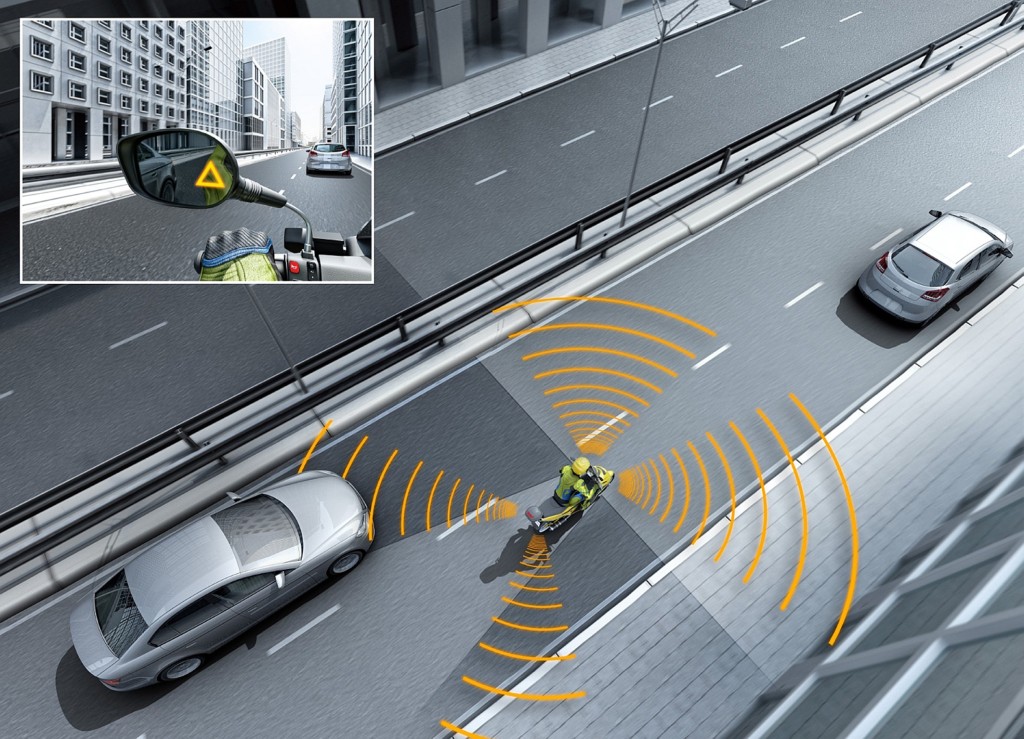Bosch is set to revolutionise motorcycle safety with the introduction of a new generation of motorcycle rader, which some press are calling the most important update in a while.
In a press release, Bosch says its new-generation radar could prevent up to “one in seven motorcycle accidents,” by integrating the radar with emergency electronic assists. Essentially, the radar would be used to detect proximity to hazards and intervene on behalf of the human rider to try to avoid a collision. This is different to the radar-linked Unified Braking System on the Yamaha Tracer 9 GT+ because the Yamaha system only applies the rear brake in the event of high pressure applied to the front brake by the rider.
Bosch is set to present a new, longer-range radar at the upcoming EICMA show, with a range increase of 50 metres over its previous version to have a maximum distance of 210 metres. Additionally, it will have a 15-degree horizontal aperture, which “improves its accuracy in object detection,” the German firm says.
This kind of emergency radar system used in the context of autonomously operated braking is not a new thing, generally speaking, even if it is such in motorcycles. In the four-wheeled world, it’s an increasingly common feature on cars.
Bosch is also set to unveil a new version of its Motorcycle Stability Control (MSC). The existing iteration of Bosch’s MSC “could prevent or mitigate five per cent of all motorcycle accidents involving personal injury in Germany alone if every motorcycle were equipped with it,” according to the company’s research. The newer version would also be targeted at smaller bikes, after Bosch found that its existing system is used mostly on mid-to-large-sized motorcycles. To make it compatible with smaller bikes, the new MSC will be compatible not only with the 6D IMU, but also the smaller 3D ABS sensor.
In addition, a new-generation rear-wheel hub electric motor will be showcased that saves 2kg and loses no performance compared to the previous iteration, while new engine management systems will help manufacturers meet future regional emissions regulations.

















